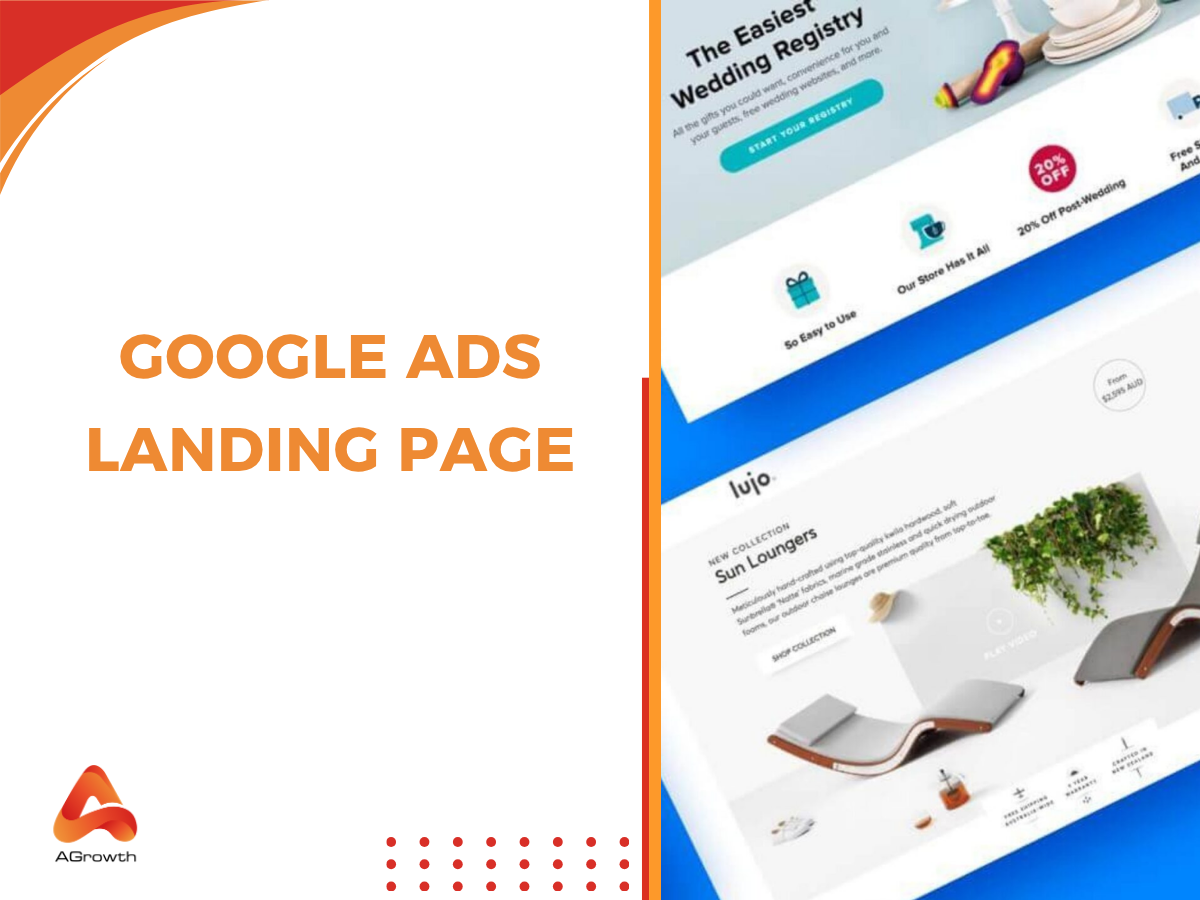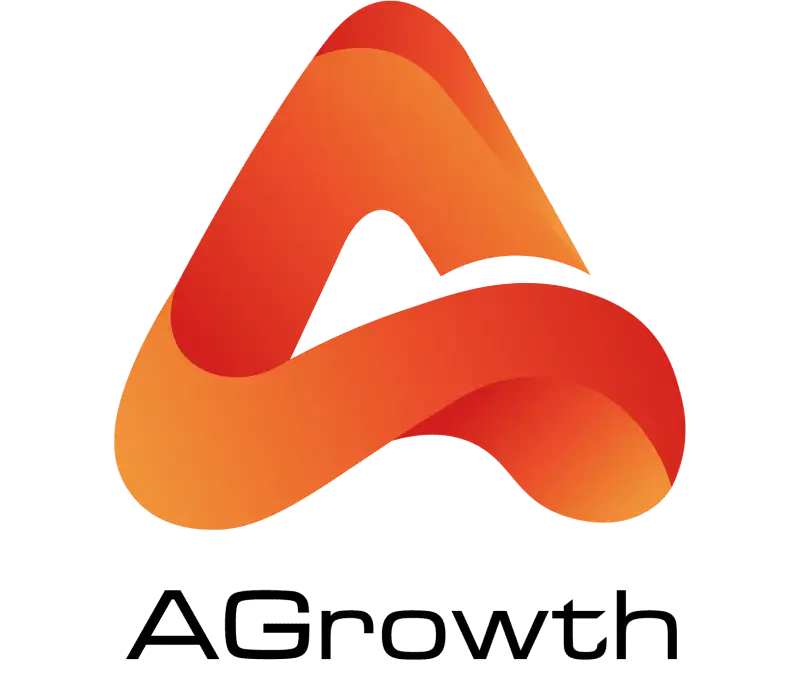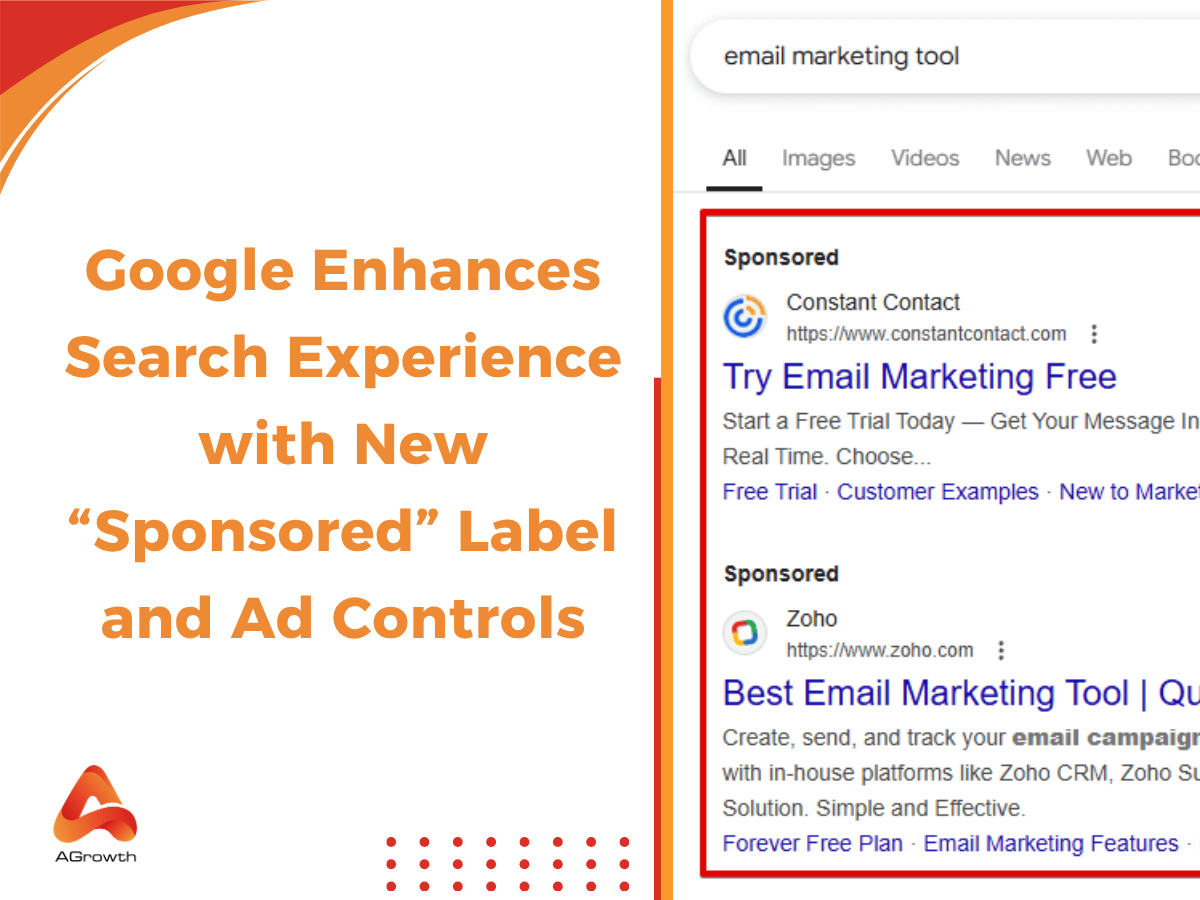
Table of Contents
Google Ads Landing Page: What It Is and How to Set Up That Converts
Imagine spending thousands on perfectly crafted Google Ads—only to send traffic to a page that fails to convert. It’s like hosting a grand event but forgetting to open the doors for your guests.
A landing page is not just the “end point” of your campaign; it’s the stage where curiosity turns into action. Done right, it can lower your CPC, improve Quality Score, and transform casual clicks into loyal customers. Done poorly, it drains budget and leaves opportunities on the table.
In this guide, we’ll explore how to build a Google Ads landing that Google rewards and users trust—covering requirements, best practices, and optimization tactics that can give your campaigns a measurable edge.
What is a Google Ads Landing Page?
A Google Ads landing page is the page users arrive at after clicking on your ad. Unlike a homepage or a generic product page, a landing page is designed with a singular focus: driving conversions from paid traffic. This could mean getting users to fill out a form, sign up for a trial, purchase a product, or call your business.
Google defines a landing page as “where people are taken when they click your ad”. Importantly, this page is a major component of your Quality Score—Google evaluates whether your landing page is relevant, original, easy to navigate, and provides a seamless experience across devices.
Why Landing Pages Matter in Google Ads
Landing pages are not just destinations—they are conversion engines. Their performance impacts multiple aspects of your advertising strategy:
Quality Score & Ad Rank
Google uses Quality Score as a metric to evaluate the relevance and overall user experience of your ads. A poor landing page—slow, irrelevant, or cluttered—can bring your score down, making each click more expensive and reducing your chances of winning auctions. On the other hand, a relevant and fast-loading landing page improves your Ad Rank, allowing you to compete more effectively even with lower bids.
Click-Through Rate (CTR) & Engagement
A seamless connection between ad copy and landing page content boosts user confidence. When visitors see that your page matches the promise made in the ad, they are more likely to engage, stay longer, and explore further. This consistency not only improves CTR but also reduces bounce rates, signaling to Google that your ads provide real value.
Conversion Rate Optimization (CRO)
Ultimately, the landing page is where conversions happen. It transforms paid traffic into leads, sign-ups, or sales. Without a clear, persuasive, and frictionless design, even well-targeted ads won’t deliver ROI. In short: a high-performing landing page ensures your ad spend works harder, turning clicks into measurable business results.
A high-performing landing page ensures your ad spend works harder, turning clicks into measurable business results. This direct impact on ROI is a key factor when evaluating if Google Ads are worth it for your business.
Google Ads Landing Page Requirements
Google's destination requirements have evolved significantly, particularly following policy updates that prioritize user experience and reduce intrusive advertising practices. As they state in their Advertising Policies Help center, they prohibit content that is "harmful to users and the overall advertising ecosystem." Staying compliant with the full range of Google Ads policies is crucial to avoid ad disapprovals or account suspension.
For landing pages, this translates into several key requirements:
-
Relevance and Originality
Your landing page must directly relate to the product or service promoted in your ad. The content should be unique and provide value, not simply mirror or copy content from another source.
-
Transparency and Trust
You must be upfront about your business and how it operates. This includes providing clear contact information, stating your business model, and being transparent about how you collect and use user data. Hiding your business identity or making misleading claims is a direct violation.
-
Functionality and Navigation
The page must be fully functional. Broken links, incomplete pages, or pages that are under construction are not permitted. Furthermore, Google emphasizes ease of navigation. Users should not be trapped on a page or find it difficult to leave. According to Google's Landing Page Guidelines, you should "avoid layouts that hide key elements of the landing page. For example, a pop-up or download banner shouldn't cover or distract from essential information for customers."
-
Mobile-First Experience
With the majority of searches happening on mobile devices, a mobile-friendly landing page is non-negotiable. The page must load quickly and be easy to use on a smaller screen. Text should be readable without zooming, and clickable elements should be spaced appropriately.
-
Page Speed
Load time is a critical component of the user experience. A slow-loading page will lead to a higher bounce rate and will be penalized by Google with a lower landing page experience score.
By building your landing pages with these foundational requirements in mind, you not only stay in Google's good graces but also create a better experience for your potential customers, which is the ultimate goal.
How to build good Landing Pages for Google Ads
Beyond simply meeting Google's requirements, creating a high-converting landing page involves a blend of art and science. It requires a deep understanding of user psychology, a commitment to clear communication, and a meticulous focus on design and user experience (UX). Once the foundational requirements are met, these best practices are what separate average campaigns from exceptional ones.
Message Match
The most critical best practice is message match. This means the headline, core message, and offer on your landing page should directly reflect the ad that the user clicked. If your ad promises a "50% Discount on Running Shoes," your landing page headline must echo that offer. This immediate reinforcement assures visitors they have arrived in the right place, reduces cognitive dissonance, and lowers bounce rates. The consistency between the ad's promise and the page's content is the first step in building trust.
A Clear Call-to-Action (CTA)
A landing page should have one primary goal, and therefore, one primary Call-to-Action (CTA). Every element on the page—the headline, the copy, the images, the layout—should work in concert to persuade the visitor to click that one button.
Avoid multiple CTAs that compete for attention. The CTA button itself should be visually prominent, using a contrasting color, and feature action-oriented text (e.g., "Get Your Free Quote," "Download the Guide," "Start Your Trial") rather than passive words like "Submit."
Optimized Design and User Experience (UX)
An effective landing page design is clean, uncluttered, and focuses the user's attention on the most important information and the CTA.
-
Visual Hierarchy: Use size, color, and placement to guide the user's eye through the page in a logical sequence, from the compelling headline to the supporting benefits and finally to the CTA.
-
Load Speed: As mentioned, page speed is crucial. Compress images, leverage browser caching, and minimize code to ensure your page loads in under three seconds.
-
Mobile-Friendly Design: Your page must be fully responsive, providing an excellent experience on desktops, tablets, and smartphones. Test your layout on multiple devices to ensure usability.
-
Above the Fold: Place your most critical elements—headline, a brief explanatory sentence, and your primary CTA—"above the fold" so they are visible without scrolling.
Building Trust and Credibility (Trust Factors)
Users are inherently skeptical online. You need to provide signals that your business is legitimate and trustworthy. Incorporate these elements to build confidence:
-
Social Proof: Display logos of well-known clients, customer testimonials, or user reviews. Quantifiable data, like "Trusted by 50,000 users," is also powerful.
-
Testimonials and Case Studies: Feature quotes or short video testimonials from happy customers. For B2B, linking to a detailed case study can be very effective.
-
Security Badges: If you are collecting sensitive information or processing payments, display security badges (e.g., SSL certificates, McAfee, Norton) to reassure visitors that their data is safe.
-
Contact Information: Make it easy for users to find your physical address, phone number, or a contact form. This transparency shows that a real business stands behind the page.
How to Optimize Google Ads Landing Page
Optimization is not a one-time task; it’s an ongoing process of refinement. Even landing pages that perform well today may lose effectiveness as user behavior, competition, and Google’s algorithms evolve. That’s why advertisers who consistently win with Google Ads treat landing page optimization as an iterative cycle of testing, learning, and improving.
Here are some of the most effective strategies:
A/B Testing
Running A/B tests allows you to experiment with different versions of your landing page to identify what resonates best with your audience.
-
Test variations of headlines, CTAs, form lengths, page layouts, and even color schemes.
-
Avoid testing too many changes at once—focus on a single variable to isolate results.
-
Tools like Google Optimize, Optimizely, or VWO make it easier to set up structured experiments.
Dynamic Keyword Insertion (DKI)
Dynamic Keyword Insertion can make your landing page more relevant by automatically pulling in the exact keyword that triggered the ad.
-
Example: If someone searches for “affordable SEO software,” your landing page headline could dynamically show “Affordable SEO Software for Your Business.”
-
This level of personalization helps align user intent with your message, increasing both engagement and Quality Score.
-
Be cautious not to overuse DKI—keep messaging natural and avoid awkward phrasing.
Tracking with Analytics & GA4
Without proper tracking, optimization is guesswork. Implement event tracking and conversion tracking to measure real interactions:
-
Track form submissions, button clicks, scroll depth, video plays, and other engagement signals.
-
Use GA4 to map the full customer journey across devices and channels.
-
Leverage insights to pinpoint where users drop off—whether it’s on the form, checkout process, or after viewing pricing.
Heatmaps & User Behavior Tools
Sometimes numbers alone don’t tell the full story. Heatmaps and behavior analytics tools add a visual layer of insight into how visitors interact with your page:
-
Heatmaps from Hotjar, Crazy Egg, or Microsoft Clarity reveal scroll depth, click concentration, and ignored elements.
-
Session recordings allow you to watch real users navigate your page, helping you identify friction points that aren’t obvious in analytics reports.
-
These insights can guide practical tweaks like moving CTAs higher on the page or simplifying navigation. While mastering your landing page is a critical first step, applying a similar data-driven approach is key to effective Google Ads optimization across your entire account.
Personalization & Segmentation
Not all users behave the same way. Tailoring landing pages to different audience segments can significantly lift conversions.
-
Serve different versions of your landing page by geographic location, device type, or ad group.
-
For example, a mobile user might see a simplified design with a “Tap to Call” button, while a desktop user could be guided toward a detailed sign-up form.
-
Advanced personalization can also be done using CRM integrations, serving content that aligns with the user's history or funnel stage.
These are just the fundamentals. For a deeper dive into advanced tactics, check out our full guide on landing page optimization for Google Ads, where we break down more strategies, testing frameworks, and real-world examples.
AGROWTH - GOOGLE AGENCY ACCOUNT
⭐ Managed campaigns with expert guidance
⭐ Flexible invoice-based billings, custom top-ups
⭐ High resistance to suspension via agency tier
⭐ Quick fund transfer to new account if needed
⭐ Priority support via Google Partner channel
⭐ Lower fees from 3-5%
⭐ Eligible for bonus credit up to $384
Tools & Services for Google Ads Landing Pages
Building and optimizing landing pages doesn’t have to be manual. Several platforms are designed specifically for PPC campaigns:
-
Instapage: Known for its powerful post-click optimization features, including AdMap for visualizing your ad-to-page personalization, dynamic keyword insertion, and robust A/B testing. Its Thor Render Engine technology also ensures lightning-fast page speeds.
-
Unbounce: A market leader offering a user-friendly drag-and-drop builder, a vast library of templates, and powerful features like Smart Traffic™, which uses AI to automatically direct visitors to the landing page variant most likely to convert for them.
-
Leadpages: Often considered a more budget-friendly option, Leadpages provides a simple and intuitive builder, a wide selection of mobile-responsive templates, and built-in conversion guidance. It's an excellent starting point for small businesses and solo entrepreneurs.
-
Webflow: A powerful visual web development platform that offers immense design flexibility without requiring code. It's a great choice for creating highly custom, pixel-perfect landing pages, though it has a steeper learning curve than dedicated builders.
-
WordPress: The world's most popular CMS can be transformed into a powerful landing page creator with plugins like SeedProd or Elementor. These plugins provide drag-and-drop functionality and landing page-specific templates, allowing you to build focused conversion pages within your existing WordPress site.
FAQs About Google Ads Landing Pages
What is the difference between a landing page and a homepage?
A homepage is designed for general exploration, acting as a central hub with multiple navigation options (e.g., About Us, Services, Blog). In contrast, a Google Ads landing page is a standalone page created for a single, focused objective: converting visitors from a specific ad campaign. It has minimal navigation and a clear call-to-action to eliminate distractions and guide the user towards one specific action, such as filling out a form or making a purchase.
How does my landing page affect my Google Ads Quality Score?
Your landing page experience is a critical component of your Quality Score. Google evaluates your page for relevance to your ad copy and keywords, ease of navigation, mobile-friendliness, and fast loading times. A positive, relevant, and fast-loading landing page experience signals to Google that you are providing value to users, which can lead to a higher Quality Score, lower cost-per-click (CPC), and better ad positions.
What are the key elements of a high-converting landing page?
A high-converting landing page must include several key elements: a compelling, benefit-oriented headline that matches the ad, high-quality images or video, concise copy that highlights benefits over features, social proof like testimonials or reviews, and a single, highly visible call-to-action (CTA) button. Crucially, the entire page should be mobile-responsive and load quickly.
Can I use my homepage as a landing page for Google Ads?
While you technically can, it's strongly discouraged for most campaigns. Homepages typically have too many distractions and a diluted message, which can lead to lower conversion rates. A dedicated landing page that is hyper-focused on the ad's specific offer will almost always perform better. The only exception might be for broad, brand-focused keyword campaigns where the goal is general brand introduction.
What is a good conversion rate for a Google Ads landing page?
A good conversion rate can vary significantly by industry, but a general benchmark often falls between 2% and 5%. However, top-performing landing pages can achieve rates of 10% or higher. Instead of focusing on a universal number, it's more important to continuously test and optimize your own pages to improve your baseline conversion rate over time.
How many landing pages do I need for my campaigns?
Ideally, you should have a unique landing page for each ad group. This allows you to create a highly specific and relevant experience that perfectly matches the keywords and ad copy within that ad group. For example, if you have ad groups for "emergency plumbing" and "bathroom remodeling," each should have its own landing page with tailored messaging, imagery, and offers to maximize relevance and conversion rates. Properly structuring these elements is fundamental to managing a healthy Google Ads account.
Related posts









Your comment